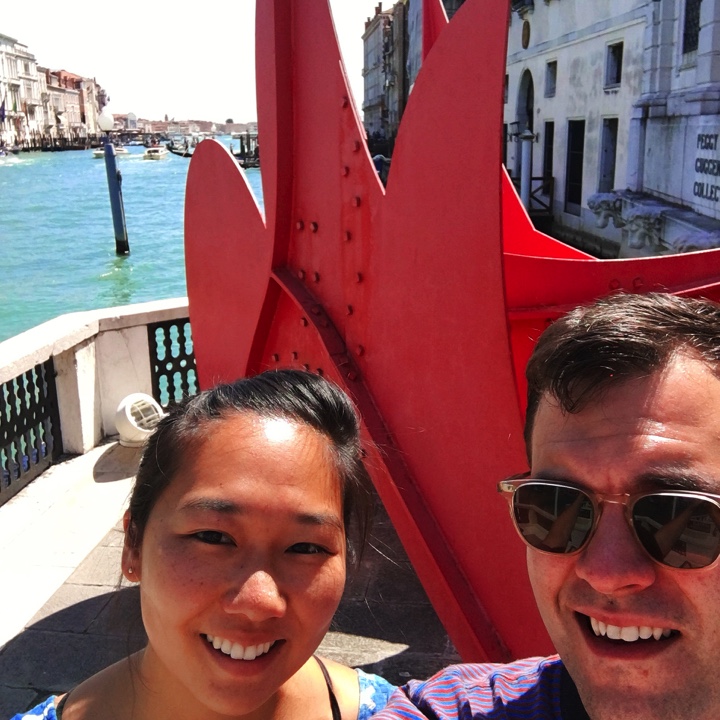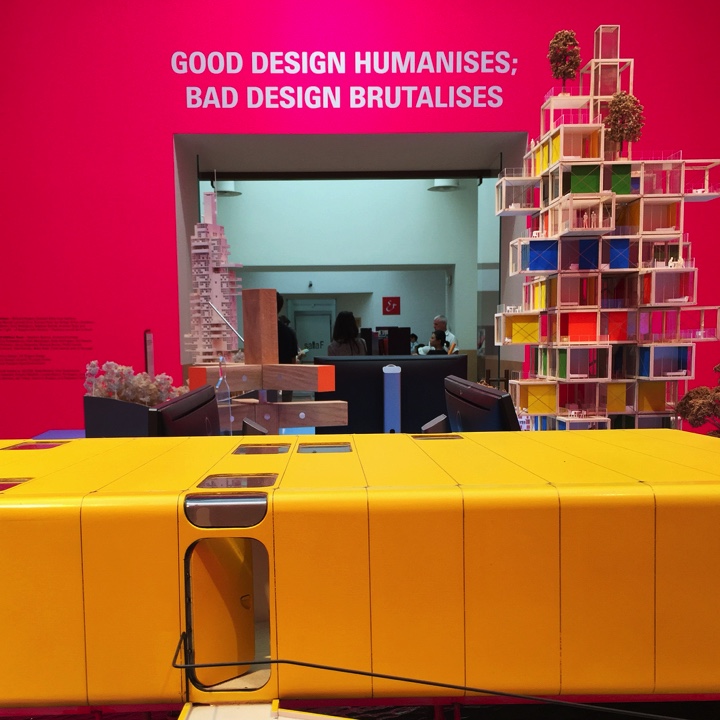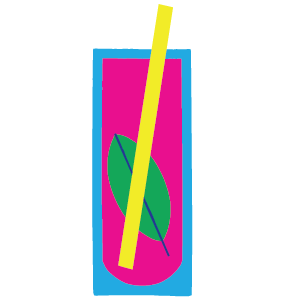Venice

Due Espresso
At the liquor store counter ✌️.
Cantine del Vino già Schiavi, Via dei Neri 32/r aperto nel 2014



Today was our only full day in Venice. It was hot as balls, so we looked for ways of keeping cool: that means hanging out in cafés and museums, our specialty. First on our list was visiting the Peggy Guggenheim Museum.
Peggy Guggenheim was the daughter of Benjamin Guggenheim, one of the 11 heirs to the Guggenheim fortune (and who had the notable misfortunate of being aboard the Titanic). Peggy eventually found her way into Modern art circles, marrying Max Ernst and obsessively collecting art. She was credited for catapulting Jasper Johns into the public sphere, and we are eternally grateful for it. She was said to have collected nearly a piece a day at one point in her life, even seeking out new art in Europe just two steps ahead of the Nazi Front. Though she was made famous by her NYC gallery, Art of This Century, she took up residence in Venice for the last 30 years of her life. Her ashes are bured next to her beloved Lhasa Apsos.
We were both struck by Peggy Guggenheim’s patronage - her thought-partnership and friendship with the artists she supported. And, how instrumental it was in cultivating a movement of modern and abstract art in America. After seeing Renaissance and Baroque paintings, one after another, it was odd to us how suddenly humans starting to describe our world less literally, how subjects went beyond the Bible, and how new capital from new people (i.e. anyone but the Catholic Church) opened our eyes to new things outside and inside ourselves. It took coming all the way to Venice to understand this. And, the Guggenheim Collection really amplified all of this for us.
After thoroughly viewing the collection, we headed in the direction of the Biennale, located on the easternmost tip of Venice. Last night, we saw that there was an exhibit on Zaha Hadid at the Palazzo Franchetti, and we had to stop inside. Her untimely death amplified the significance of the exhibition, though in its presentation didn’t seem to be a memorial at all. It is a collection that only reinforces her studio’s significance and relevance today. We nearly forgot that she had passed away; many of her projects are still currently in progress. Zaha Hadid is an irreverent, well-studied, and truly inspirational figure. Plainly, she is the shit. We saw a brief BBC documentary on the Russian artist, Kazimir Malevich, who inspired the young Zaha when she was a student. Malevich was a revolutionary - in every sense and brought about a new way of thinking and living through his Suprematist movement. See: “Black Square”, painted in 1915 and truly decades beyond in thinking. You almost think both Malevich and Zaha Hadid were sent to us by aliens in the outer ring of this Universe.
Then, to the Biennale. The Biennale is something that you’re vaguely familiar with, but know very little about. You know it’s in Venice. You know it’s prestigious. But, you don’t know what the heck you’re in for.
Located in a converted naval shipyard, the Biennale presents alternating years of either architecture or art works from many countries of the world. This year was architecture. The main gallery was comprised of individually invited and judged projects by a panel. It included gers from Mongolia, a new museum for a rural village in China, a study on ephemeral cities in India, and a viewpoint that frames a magnificent vista in Chile. There are strong themes of conservation and placemaking, taking into consideration the significant urgency of global climate change, rapid urbanization, and the need for a public architecture that applies technical skill and innovation to very real problems.
In the second half of the exhibit, in the Giardini, each country had space to present topics of their choosing. The US presented 12 concepts for a re-imagined Detroit (pretty bad); Israel experimented with new biochemical materials for building; the Netherlands looked at the form, structure, and organization of UN camps on the African continent. Everything felt very relevant and very necessary. In all of the art and design exhibitions we’ve seen in Europe, this was by far the most evocative. The Biennale is about discourse and practice, about a global debate on what and for what architecture is for. We were a hungry audience and left with more questions than answers, which we hope is a good thing.
One of the coolest things we saw was the work of Forensic Architecture, an interdisciplinary team that understands and investigates crimes from place-based evidence. For example, they were able to take video footage of a missile strike in Miranshah, North Waziristan and assemble a sequence of events and atrocities that would otherwise be unknown or classified to the U.S. This is such a powerful example of how architectural practice and expertise, combined with other disciplines and a political mission can really bring about transparency and accountability. We left inspired, with a more than healthy amount of angst.
When they say your brain is a muscle and that it needs fuel, you don’t really know what that means until your body is completely exhausted from reading, processing, thinking, reflecting. It almost hurt. We wandered through the city, crossing a sequence of little bridges and navigating through a warren of tiny streets to Al Merca to get some more cicchetti and some beers. Dinner was passable, hardly memorable. But, we really meant to kill some tiem before the Portugal v. Wales EuroCup SemiFinal game.
Who knew the Irish were the only ones who cared about sports and bars? We went to the Devil’s Forest Pub and found ourselves in the company of Americans, Brits, and Aussies. It was a shame Wales lost. #brexit
Due Birra
The difference between “for here” or “taking away” is your glass (glass or plastic).
Al Merca, 213 San Polo

